When it comes to improving the performance of any game, it mostly depends on the in-game settings and the capability of the device’s hardware. This guide will help you get the smoothest Valorant gameplay possible for your device.
Table of Contents
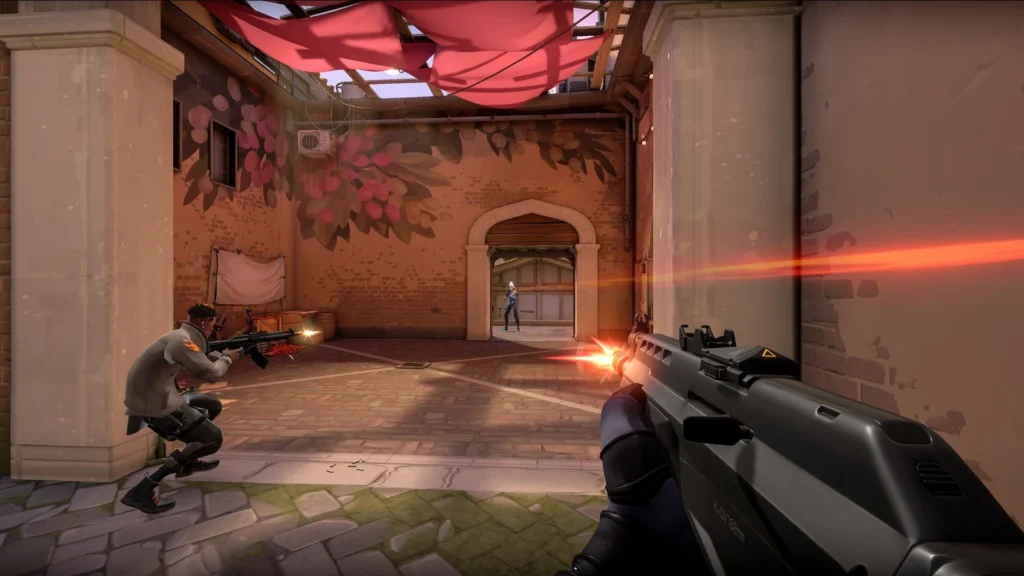
System Requirements
Windows
Minimum (For 30 FPS at 720p)
OS: Windows 10 (64-bit, Version 2004 / Build 19041 or higher)
Processor: Intel Core 2 Duo E8400 (Intel), Athlon 200GE (AMD)
Memory: RAM 4GB
Graphics: Intel HD 4000, Radeon R5 200
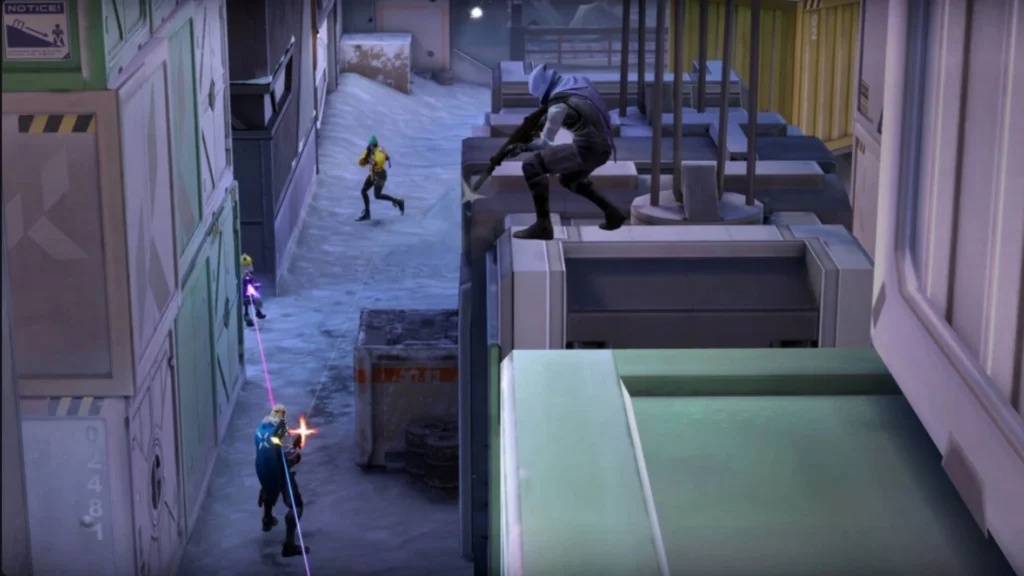
Recommended (For 60 FPS at 1080P)
OS: Windows 10/11 (64-bit)
Processor: Intel i3-4150 (Intel), Ryzen 3 1200 (AMD)
Memory: RAM 4GB
Graphics: GeForce GT 730, Radeon R7 240
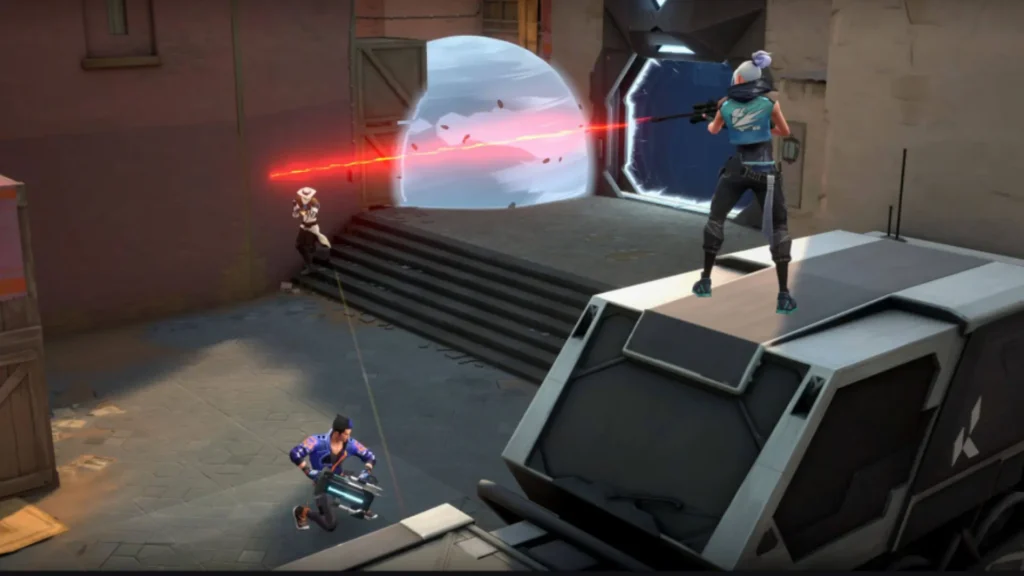
Optimizing in-game settings
- Display and Refresh Rate: Set your display in its native resolution and set the refresh rate according to your monitor (e.g., 60Hz, 120Hz, 144Hz, 240Hz, etc.). Keep it in Fullscreen to minimize input lag. If you have an Nvidia GPU, you can turn on Nvidia Reflex.
- Graphics Quality: Adjust or lower these settings according to your need –
- Material Quality: Low/Medium
- Texture Quality: Low/Medium
- Detail Quality: Low/Medium
- UI Quality: Low
- Vignette: Off
- V-Sync: Off
- Anti-Aliasing: None or MSAA 2x for a balance between quality and performance.
- Anisotropic Filtering: 2x or Off
- Improve Clarity: On (helps spot enemies)
- Experimental Sharpening: Off
- Bloom: Off
- Distortion and Cast Shadows: /Off
Adjusting these settings will result in varying degrees of improvement. Change the settings according to your needs for overall performance improvement.
Updating Your GPU Drivers
Keeping your GPU drivers up to date will help in getting better performance as GPU manufacturers release better patches for drivers in newer versions of their drivers.
- For NVIDIA: Use the NVIDIA GeForce Experience to update and install drivers.
- For AMD: Use the Radeon Software app to update and install drivers.
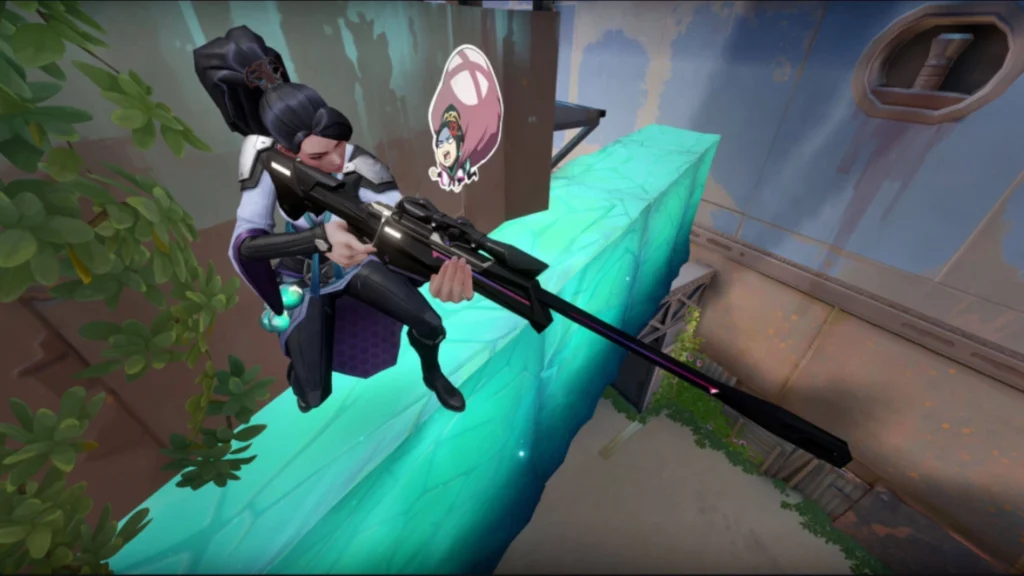
Drivers can be manually downloaded from their respective websites as well.
Adjusting Performance in Windows
Optimizing settings in Windows can allow for an even better experience.
- Enabling Game Mode:
- Go to Settings > Gaming > Game Mode and turn it on.
- Disabling other Background Apps:
- Go to Settings > Privacy > Background apps, and turn off “Let apps run in the background.”
- Setting Priority of Valorant in Task Manager:
- Open Task Manager and right-click on Valorant. After that select “Set Priority > High”
- Disabling unnecessary Start-up Programs:
- Open Task Manager and go to Start-up. Disable all the unnecessary programs that take resources from background.
Using these settings can lead to better in-game performance as more RAM and CPU power can be harnessed by Valorant.
Adjusting Graphics Card Settings
Changing these settings can result in better overall performance.
For NVIDIA Users:
- Open NVIDIA Control Panel and go to Manage 3D settings, Select Global Settings.
- Change Power Management to “Prefer Maximum Performance.”
- Turn off Vertical Sync and enable Threaded Optimization
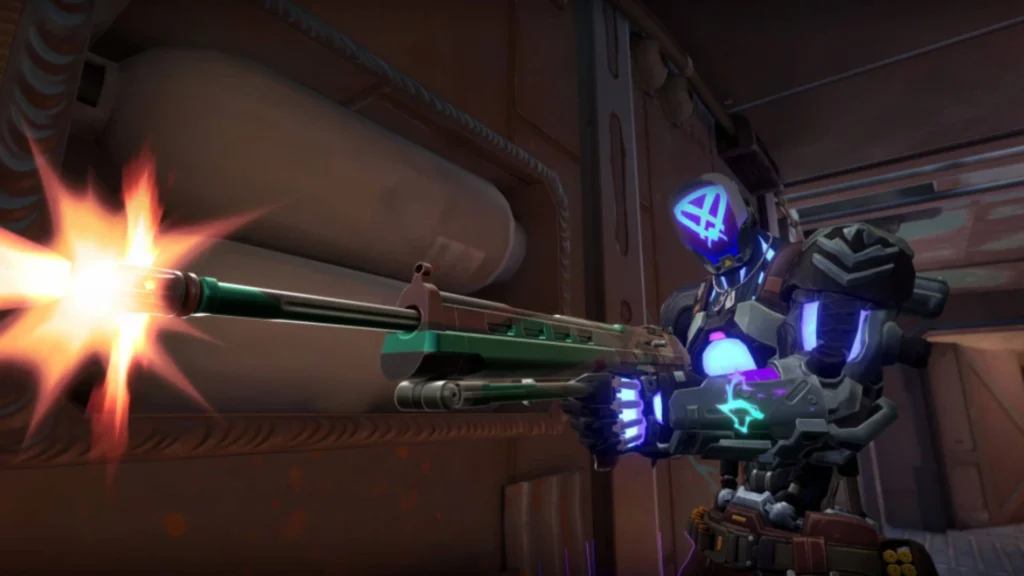
For AMD Users:
- Open Radeon Software and go to the Valorant settings profile. Change Radeon Anti-Lag to “Enabled”.
- Change Power Efficiency to “Disabled”.
- Change Wait for Vertical Refresh to “Always Off.”
Conclusion
Playing Valorant without proper optimization can be annoying. By adjusting in-game settings and tuning other aspects of the PC, your gaming experience can become even more enjoyable. Give this guide a try and see if your performance improves. Happy Gaming!
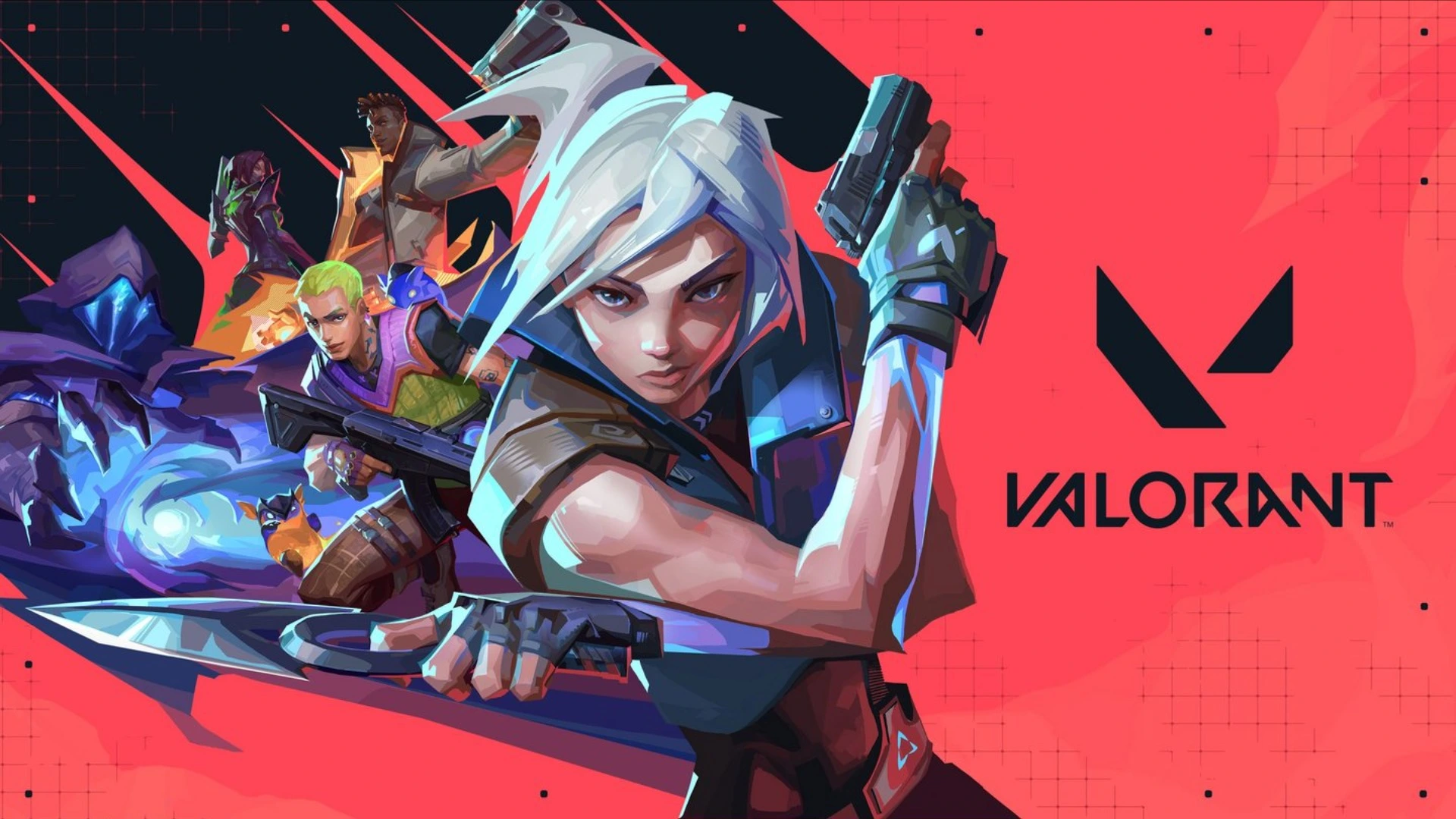


Pingback: Valorant: an exciting tactical shooter that replaces boredom with adrenaline rush. - LordsGuru